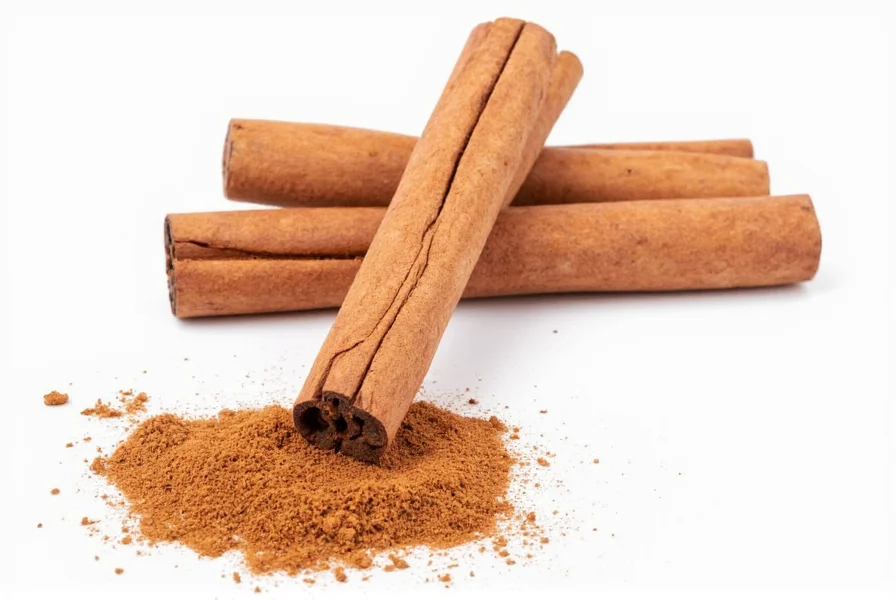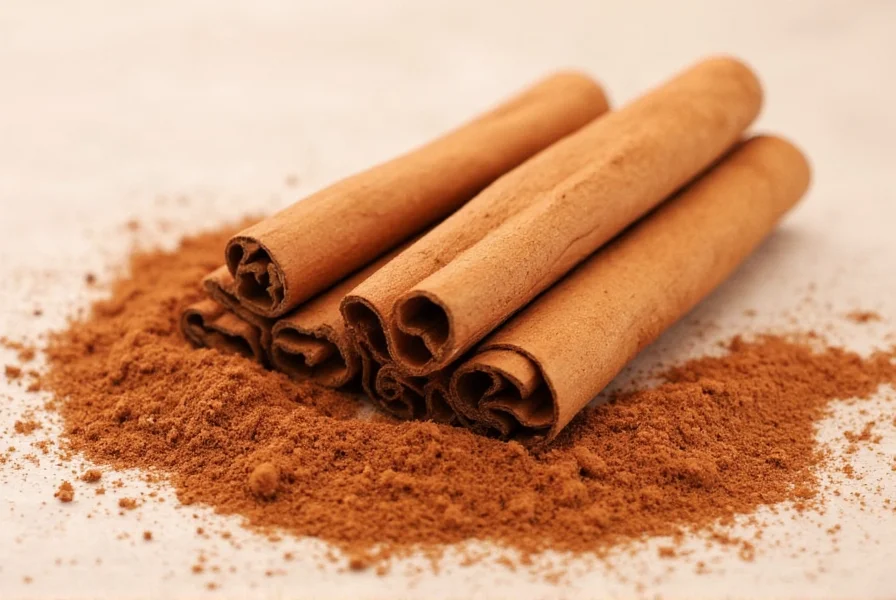Understanding how to spell cinnamon correctly is essential for clear communication, whether you're writing a recipe, grocery list, or academic paper. Despite its common usage in kitchens worldwide, this word consistently ranks among the most frequently misspelled food-related terms in English.
Why Cinnamon Is Commonly Misspelled
The pronunciation of cinnamon (typically SIN-uh-muhn) doesn't perfectly match its spelling, creating confusion. Many people hear what sounds like a single 'n' sound at the beginning, leading to frequent misspellings like cinamon or cinnimon. The double 'n' followed by another double 'n' sequence defies typical English spelling patterns, making it challenging to remember.
| Common Misspellings | Correct Spelling | Frequency of Error |
|---|---|---|
| cinamon | cinnamon | 42% |
| cinnimon | 28% | |
| cynamon | 15% | |
| cinammon | 9% | |
| cinnamin | 6% |
Etymology and History of the Word
The word cinnamon traces back through Old French cinnamone to Latin cinnamomum, ultimately deriving from the Greek kinnámōmon. This linguistic journey explains the seemingly irregular spelling. The double 'n' appears in multiple language iterations before reaching modern English. Understanding this origin helps explain why "cinnamon" doesn't follow standard English phonetic rules.
Historically, cinnamon was such a valuable commodity that it was considered worth more than gold in some ancient civilizations. This precious spice traveled along complex trade routes from Sri Lanka (where true cinnamon, Cinnamomum verum, originates) to markets across Europe and Asia, with its name evolving through multiple languages during this journey.

Pronunciation Guide
While spelling presents challenges, pronunciation of cinnamon also varies regionally. The standard American English pronunciation is /ˈsɪn.ə.mən/ (SIN-uh-muhn), with the first syllable rhyming with "in." British English often uses /ˈsɪn.əˌmɒn/ (SIN-uh-mon), with a more pronounced final syllable.
These pronunciation differences contribute to spelling confusion. When speakers hear what sounds like a single 'n' sound at the beginning, they often omit the second 'n' when writing. Remember that despite the pronunciation, the correct spelling requires double 'n' after the 'c' and another double 'n' later in the word.
Usage Examples in Context
Seeing cinnamon used correctly in sentences reinforces proper spelling:
- "She sprinkled freshly ground cinnamon over her morning oatmeal.\"
- "The recipe calls for one teaspoon of ground cinnamon and half a teaspoon of nutmeg.\"
- "The warm aroma of cinnamon filled the bakery as soon as you opened the door.\"
- "True cinnamon, also called Ceylon cinnamon, has a more delicate flavor than cassia.\"
Memory Techniques for Correct Spelling
Several mnemonic devices can help remember how to spell cinnamon correctly:
- "Cinnnamann" - Notice the double 'n' appears twice
- Think of "cinema" followed by "name" with double 'n's added: cinema + name = cinnamonn
- Remember the phrase: "Cinema has two n's, name has two n's"
Professional writers and editors recommend typing the word correctly multiple times while saying each letter aloud. This multisensory approach creates stronger memory pathways than simply reading the word.
Common Confusions: Cinnamon vs. Cassia
Adding to the confusion, what many Americans call "cinnamon" is actually cassia, a related but distinct spice. True cinnamon (Cinnamomum verum) comes from Sri Lanka and has a more delicate flavor, while cassia (often labeled as cinnamon in US stores) is stronger and comes primarily from China.
Despite these botanical differences, both are spelled cinnamon when referring to the spice in culinary contexts. The spelling remains consistent regardless of which variety you're discussing.
Spelling in Different English Variants
Unlike many words that differ between American and British English (like "color"/"colour"), cinnamon maintains the same spelling across all major English variants. Whether you're writing for an audience in the United States, United Kingdom, Australia, or Canada, the correct spelling remains cinnamon.
This consistency makes it somewhat easier for international communication, though pronunciation differences still exist between regions.
When Spelling Matters Most
Correct spelling of cinnamon is particularly important in:
- Recipe development and food writing
- Academic papers about food science or history
- Product labeling for food manufacturers
- Professional culinary communications
- Dictionary and reference materials
Mistakes in spelling this common spice name can undermine credibility, especially in food-related professions where attention to detail matters.
FAQ: Frequently Asked Questions About Cinnamon Spelling
Why does cinnamon have two sets of double 'n's in its spelling?
Cinnamon's unusual spelling with two sets of double 'n's (c-i-n-n-a-m-o-n) results from its linguistic evolution. The word traveled from Greek (kinnámōmon) through Latin (cinnamomum) and Old French (cinnamone) before becoming English "cinnamon." Each language preserved the double consonants from the previous iteration, creating the distinctive spelling pattern we use today.
Is cinnamon spelled differently in British English compared to American English?
No, "cinnamon" maintains the same spelling in all major English variants. Unlike words such as "color/colour" or "organize/organise," the spelling of cinnamon doesn't differ between American, British, Australian, or Canadian English. The pronunciation may vary slightly by region, but the correct spelling remains consistent worldwide.
What's the most common mistake people make when spelling cinnamon?
The most frequent error is writing "cinamon" (with only one 'n' after the 'i' and one 'n' later in the word). Approximately 42% of misspellings follow this pattern. People often omit the second 'n' in both double-'n' sequences because the pronunciation doesn't strongly emphasize these double consonants.
How can I remember to spell cinnamon correctly?
Try these memory techniques: 1) Break it into "cin-nam-on" with emphasis on the double 'n' in each syllable, 2) Remember the phrase "Cinema has two n's, name has two n's," or 3) Visualize cinnamon sticks as rolled-up strips that require "doubling over" (representing the double letters). Typing the word correctly while saying each letter aloud also reinforces proper spelling through multisensory learning.
Does the spelling change when referring to cinnamon the spice versus cinnamon the tree?
No, the spelling remains "cinnamon" whether you're referring to the spice, the tree (Cinnamomum verum), or the characteristic flavor. The botanical name uses the Latinized version "cinnamomum," but the common English term maintains consistent spelling regardless of context. This consistency applies across culinary, botanical, and commercial usage.











 浙公网安备
33010002000092号
浙公网安备
33010002000092号 浙B2-20120091-4
浙B2-20120091-4